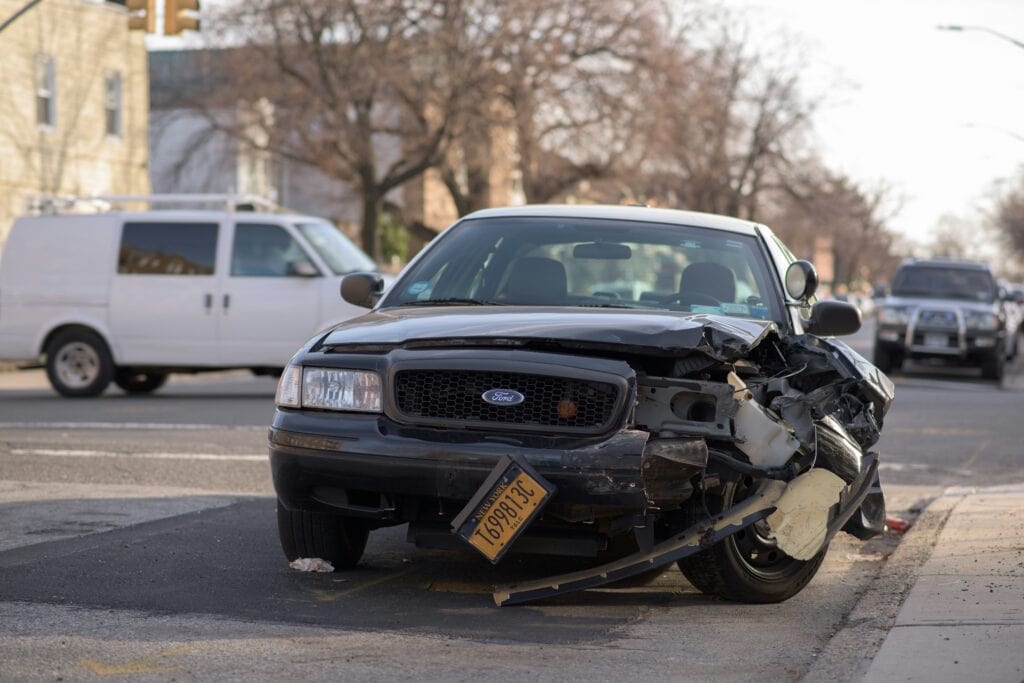Though no one wants to experience a car accident, over 2 million occur yearly. Auto insurance provides an essential financial safety net for you in a crash. Amid discussions regarding car insurance policies and coverage options, one term often thrown around is “uninsured motorist coverage.” But what exactly does it entail? Let’s explore the ins and outs of uninsured motorist coverage together! Whether you’re a seasoned driver or a novice behind the wheel, grasping the fundamentals of this insurance is essential for safeguarding yourself on the road.
Understanding Uninsured Motorist Coverage
This is an option that may be required by your state or can be added to your auto insurance policy. It provides financial protection for drivers when they encounter individuals who lack sufficient insurance coverage or are entirely uninsured. This kind of coverage kicks in when the at-fault driver is under-insured or uninsured, ensuring that you still receive adequate payment to cover the damages to your vehicle. Simply put, it covers the costs associated with injuries or damages sustained in a collision caused by a driver who lacks insurance or whose insurance coverage is inadequate to cover the full extent of the damages. This coverage provides additional protection for insured drivers, ensuring they are not left with a tremendous financial burden following an accident.
What does uninsured motorist coverage cover?
Uninsured motorist coverage covers damages to your medical bills, your passenger’s medical bills, and damage to your vehicle if hit by a driver who lacks sufficient insurance coverage. Depending on your state, it may be combined with underinsured coverage.
This coverage type typically consists of two elements. The first is bodily injury coverage. This type of coverage pays for medical expenses resulting from injuries sustained in an accident caused by an uninsured motorist. The second part is property damage coverage. This coverage focuses on reimbursing you for property damage sustained in an accident with an uninsured driver. This can include repairs to your vehicle or other property damaged in the accident. This coverage stands in place of the insurance that the at-fault driver should have had but didn’t.
Understanding the basics of uninsured motorist coverage allows drivers to make informed decisions about their auto policies, ensuring they have the maximum protection on the road.
Why Uninsured Motorist Coverage Matters
Though many states require uninsured motorist coverage (including Indiana), it isn’t just another checkbox on your insurance policy; it’s a critical safeguard against the financial fallout of accidents involving uninsured or underinsured motorists. Though most states require vehicle owners to have an auto policy, this requirement does not extend to individual drivers. The Insurance Information Institute notes that nearly 13% of all drivers in the US lack sufficient auto coverage. In some states, the percentage of uninsured motorists is even higher, reaching almost 30%.
Driving without uninsured motorist coverage is like taking a boating adventure into treacherous seas without a life jacket. This kind of coverage protects you from facing unexpected financial hardship following an accident with an uninsured driver. Medical bills and vehicle repairs can quickly pile up, leaving you with increased stress and hefty bills. However, you can rest assured knowing that you’re protected from the reckless actions of millions of uninsured drivers.
How to Obtain Uninsured Motorist Coverage
Obtaining this type of coverage is a great way to protect yourself from financial risk. Most insurance providers offer it as part of their auto policy. However, it can also be an optional add-on in certain states. Like your standard auto policy, the rates for this kind of coverage vary depending on location, driving history, age, and coverage limits.
Luckily, adding this to your existing auto policy is relatively simple. Start by reviewing your current policy, which will help you understand your current coverage and any gaps. Then, reach out to your insurance provider about adding coverage. They can help you determine the proper coverage limits and deductibles for your vehicle and budget. After picking a type, review your policy again to ensure its accuracy.
Adding uninsured motorist coverage to your auto policy lets you drive peacefully, knowing you’re prepared for the unexpected!
Need more information?
Masters Insurance can find the right auto insurance coverage for your personal or commercial vehicle and protect you. Reach out today to learn more about our auto insurance policies!

